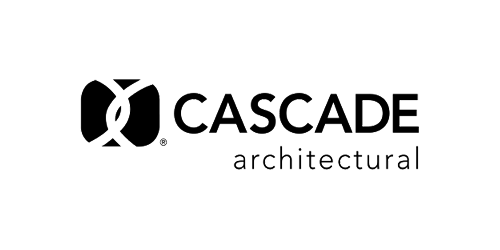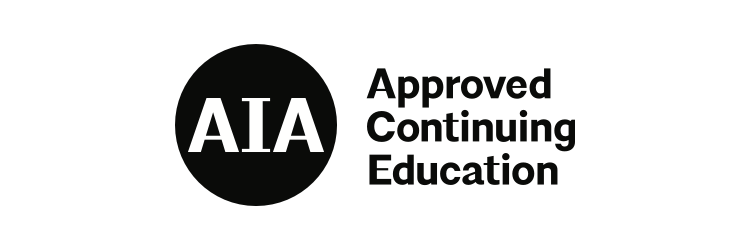Interiors
EVENT THEME
Detailing Interiors
In some ways, architectural projects succeed or fail based upon how well material and system junctions are negotiated. This is just as true for interior projects as it is for entire buildings. How does the wall meet the floor? How does one ceiling system transition to another? How are mechanical registers handled? When these small junctures are deftly detailed the effects ripple out across the entire project, so it pays to know how manufacturers’ systems work so you can successfully bring them together. In this accredited workshop, experts will lead tutorials on a variety of interior detailing conditions.
Agenda
10AM - 11AM
Credit type: 1 AIA HSW LU
Provider: Garden on the Wall
This course introduces interior designers and architects to the innovative fields of Neuroaesthetics, Neuroarchitecture, and Biomimicry, focusing on integrating Preserved Gardens and Biophilic Design principles. Participants will learn to create environments that enhance human well-being and environmental sustainability, exploring design elements’ psychological and regenerative impact.
The curriculum is structured to progress from fundamental concepts to more intricate applications, making it ideal for professionals aiming to incorporate cutting-edge science & Evidence Based Design into their design practices.
Learning Objectives
- Explain the basic principles of neuroaesthetics and neuroarchitecture and how these disciplines intersect with interior design and architecture, using insights from key studies and research.
- Apply the concepts of biophilic design and sensory experience to enhance indoor environments and boost mental health and productivity via biomimicry.
- Design spaces that integrate preserved natural elements, such as moss walls and preserved gardens, and form a dynamic fusion between aesthetic values and psychological well-being.
- Critically evaluate and adapt existing architectural and interior designs to better comply with Neuroaesthetics principles, improving both the functionality and the human experience within designed spaces.
11AM - 12PM
Credit type: 1 AIA HSW LU
Provider: Longboard
In this course, we will discuss the nine foundations of a healthy building, two high-impact attributes health building materials can address and introduce the top building and materials assessment tools including LEED, BREEAM, and WELL. By discussing healthy materials and the foundations for healthy buildings, this course will educate participants on the importance of selecting healthy and sustainable materials for their projects and how these impacts both the environment as well as the building occupants, for today and the future.
Learning Objectives
- Describe how contemporary designs incorporate sustainable materials to create healthier buildings.
- Discuss ways sustainable ceiling and wall materials can contribute to occupant well-being.
- Define the latest standards, certifications, regulations, and incentives in place for meeting a variety of sustainable building goals.
- Discuss the main drivers and hindrances to designing sustainable buildings.
12PM - 1PM
Credit type: 1 AIA HSW LU
Provider: Cascade Architectural
“Architecture is light.” As Le Corbusier stated, indeed architects spend a lot of design time working with the dynamic interplay of natural and artificial lighting on to, and in to, their building’s surfaces, materials, and three-dimensional spaces to create a complete experience for building occupants. With variable light transmission and reflection qualities, coiled wire fabric has quickly become one of the most popular materials for incorporating light into buildings by offering unparalleled design flexibility and customization through an incredibly cost-effective and durable material option suitable for a wide range of interior and exterior applications. This course delves into the specifics of this versatile architectural metal mesh material and looks at the variety of ways that it can be used to enhance architecture through the use of light. Starting with an overview of the material, we then look at the ways it can be a means of control and enhancement of both natural daylight and electrical lighting. Further, we explore its use as a surface where still or moving imagery can be projected. Ultimately, it is the combination of design prowess, materials, and lighting that create beautiful, functional architecture as seen in examples cited.
Learning Objectives
- Identify and recognize the specific nature of coiled wire fabric with its abilities to impact lighting, ventilation, and well-designed healthy spaces.
- Assess the use of coiled wire fabric to control or enhance the use of sunlight to create improved indoor environments for the welfare of their occupants.
- Explain the options available for using electrical lighting, including low voltage or energy efficient LED lighting, for interior and exterior installations.
- Determine ways to use coiled wire fabric to receive projected imagery, both fixed and moving, for artistic or performance purposes.
1PM - 2PM
Workshop, TBA
2PM - 3PM












